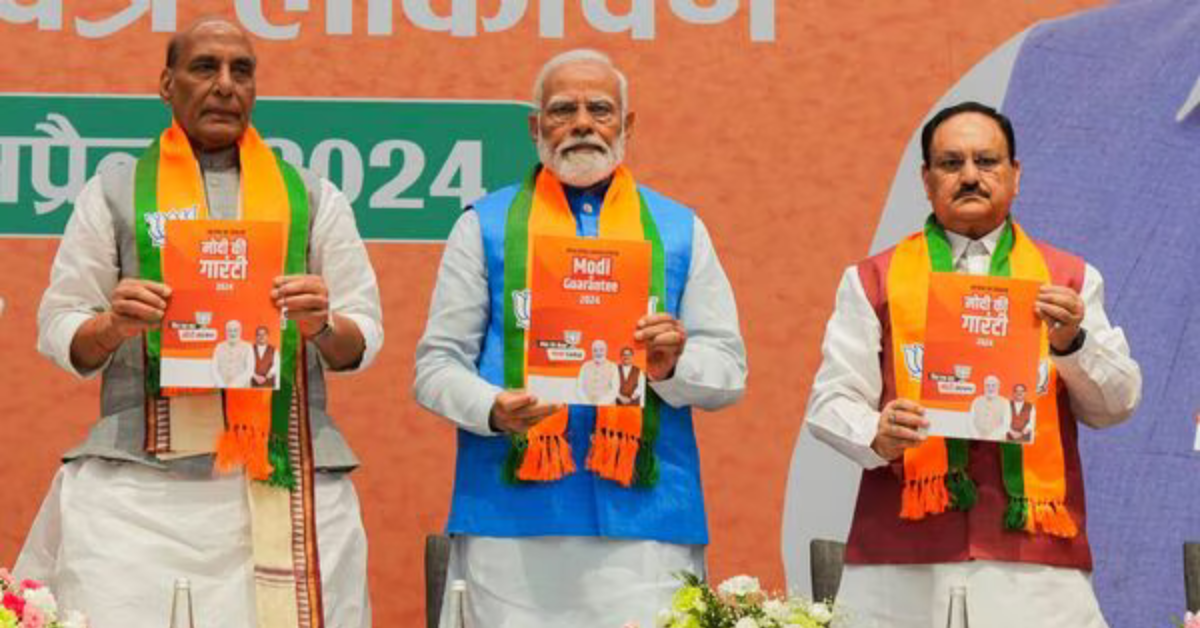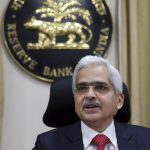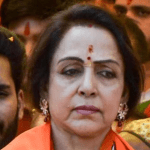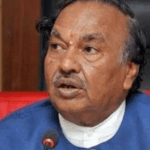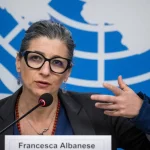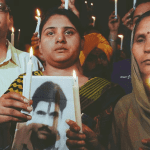The Bharatiya Janata Party (BJP) has launched its 2024 election manifesto, also known as the “Sankalp Patra,” laying out its vision and promises for the upcoming Lok Sabha elections. Unveiled on April 14 in the presence of Prime Minister Narendra Modi, BJP President JP Nadda, Home Minister Amit Shah, and Defense Minister Rajnath Singh, the manifesto reflects the party’s ambitious plans for the future while also taking into account its achievements over the past decade.
Key Highlights of the Sankalp Patra
One of the manifesto’s standout proposals is the introduction of a “One Nation, One Election” system, aimed at streamlining the electoral process by holding simultaneous elections across the country. The manifesto also emphasizes the implementation of a common electoral roll system, which would further consolidate the electoral process.
The BJP has also pledged to introduce a law against exam paper leaks, demonstrating its commitment to upholding the integrity of the education system and preventing corruption.
Additionally, the manifesto promises initiatives aligned with national interests and the party’s broader vision of “Vishwa Bandhu” (world brotherhood). This vision includes bolstering India’s position on the global stage and engaging with neighboring countries in a manner that advances India’s strategic interests.
A Broad Consultation Process
The development of the Sankalp Patra was guided by the recommendations of over 1.5 million citizens. Approximately 400,000 recommendations came from the NaMo app, while another 1.1 million were submitted via video messages, reflecting a comprehensive and inclusive approach to drafting the manifesto.
The Election Manifesto Committee, chaired by Defense Minister Rajnath Singh, convened twice to deliberate on the manifesto’s content. Union Finance Minister Nirmala Sitharaman served as the committee’s coordinator, while Union Minister Piyush Goyal acted as the co-coordinator. The committee included 27 members in total.
Reactions and Criticisms
The release of the manifesto has been met with both praise and skepticism. Assam Chief Minister Himanta Biswa Sarma lauded the Sankalp Patra for providing a comprehensive list of PM Modi’s guarantees that fulfill the aspirations of every Indian. He also noted the timing of the manifesto’s release, which coincided with the auspicious occasion of Nav Varsh and Babasaheb Ambedkar Jayanti.
On the other hand, critics have pointed out perceived shortcomings in the manifesto. RJD leader and former Bihar Deputy Chief Minister Tejashwi Yadav criticized the document for its lack of emphasis on youth, farmers, employment, and support for poorer states like Bihar. He also lamented the absence of any concrete measures to reduce poverty and inflation.
Former Chhattisgarh Deputy CM and Congress leader TS Singh Deo also expressed skepticism, accusing the BJP of rebranding existing initiatives as new proposals. He emphasized the need for more in-depth discussions with the public on issues such as the Uniform Civil Code.
BJP’s Track Record and Vision
BJP leaders have emphasized the manifesto’s reflection of the party’s achievements over the past decade, as well as its vision for the next 25 years. Union Minister Jitendra Singh highlighted the strong leadership, organizational strength, and willpower that have characterized the last 10 years under Prime Minister Modi. He stated that the manifesto builds upon the successes of the past decade and outlines a roadmap for future progress.
Karnataka BJP President BY Vijayendra echoed this sentiment, stressing that the manifesto aligns with PM Modi’s vision of a developed nation by 2047. He also noted the party’s commitment to addressing issues such as the Uniform Civil Code, food security, and India’s emergence as a global leader.
As the BJP unveils its Sankalp Patra for the 2024 elections, the party’s vision and promises will be subject to intense scrutiny from both supporters and critics. While the manifesto outlines a path towards a more unified and efficient India, the party will need to work diligently to ensure that its promises translate into tangible results for the country’s citizens.
